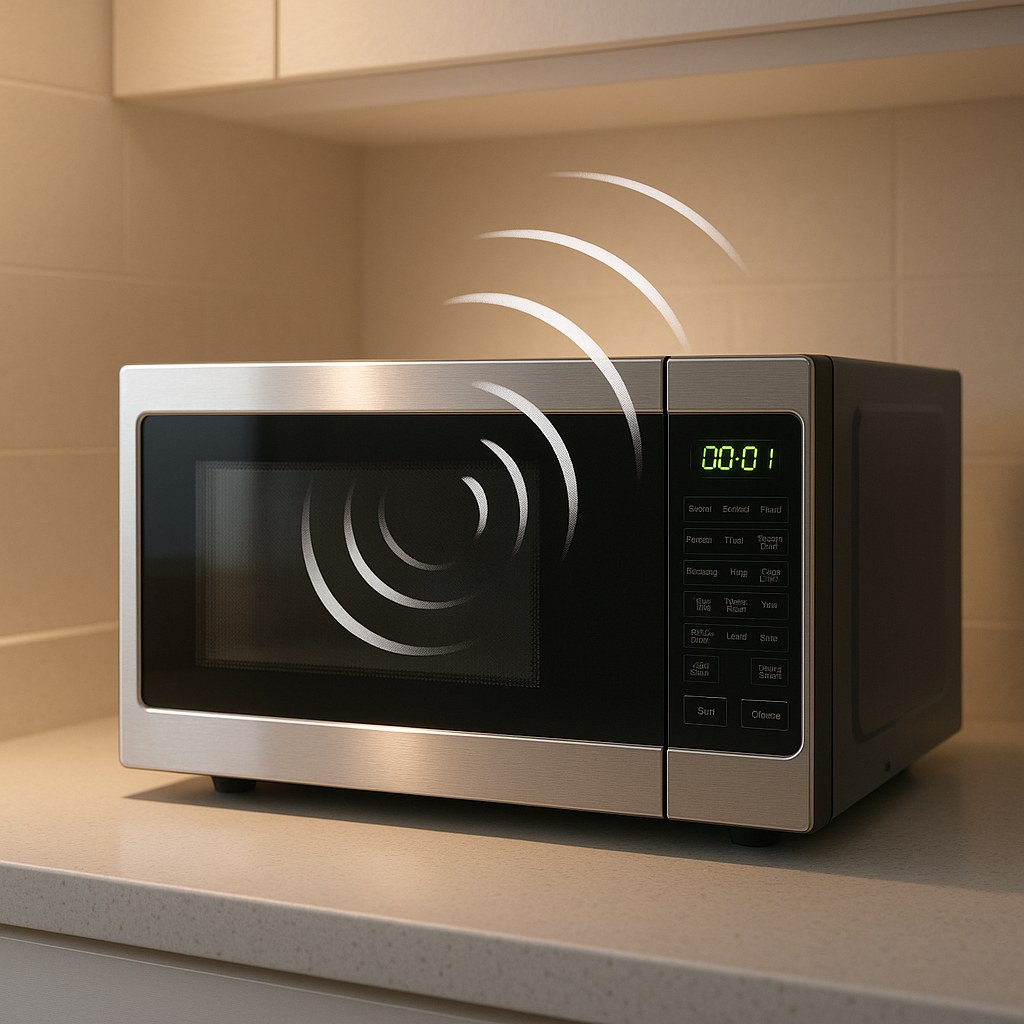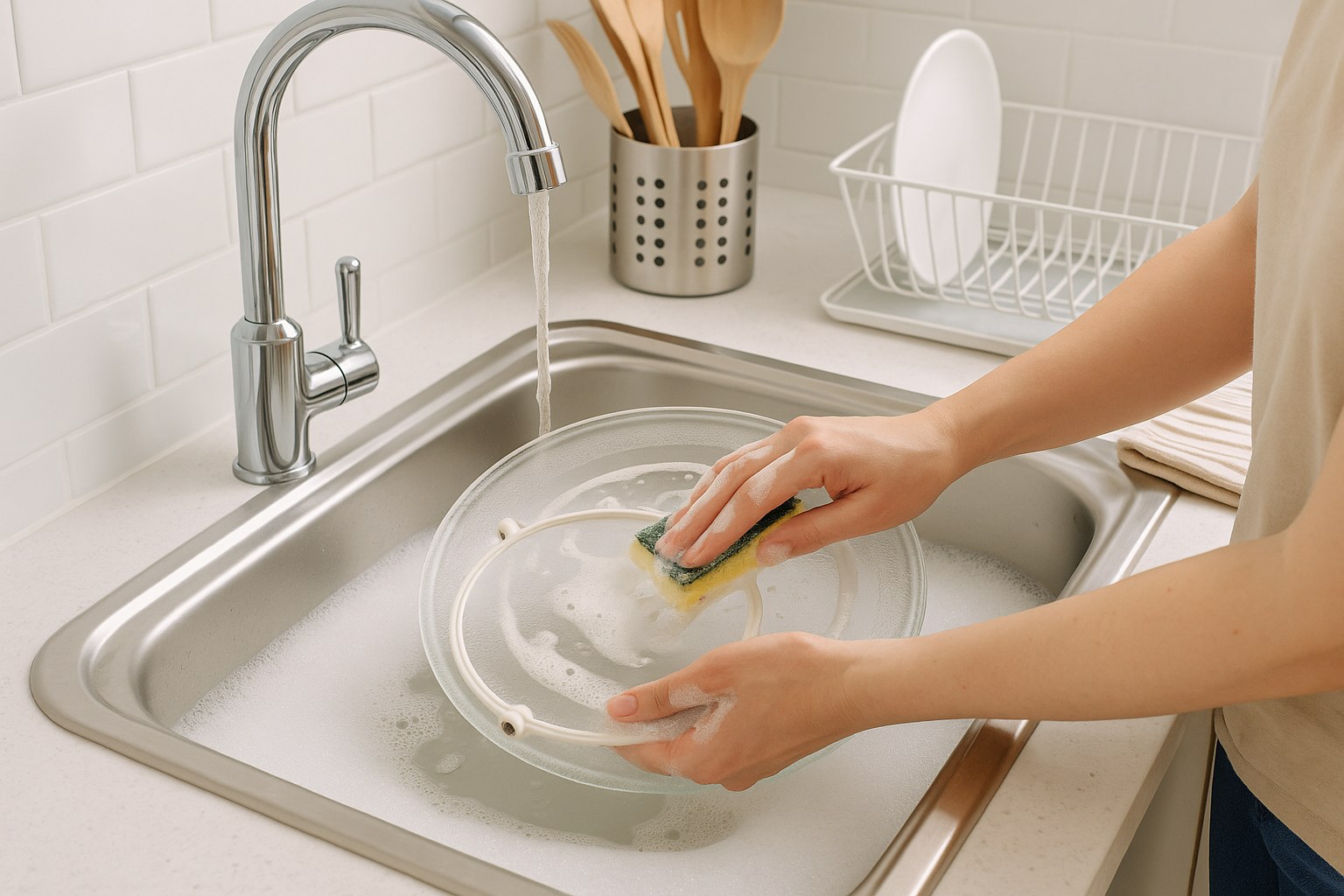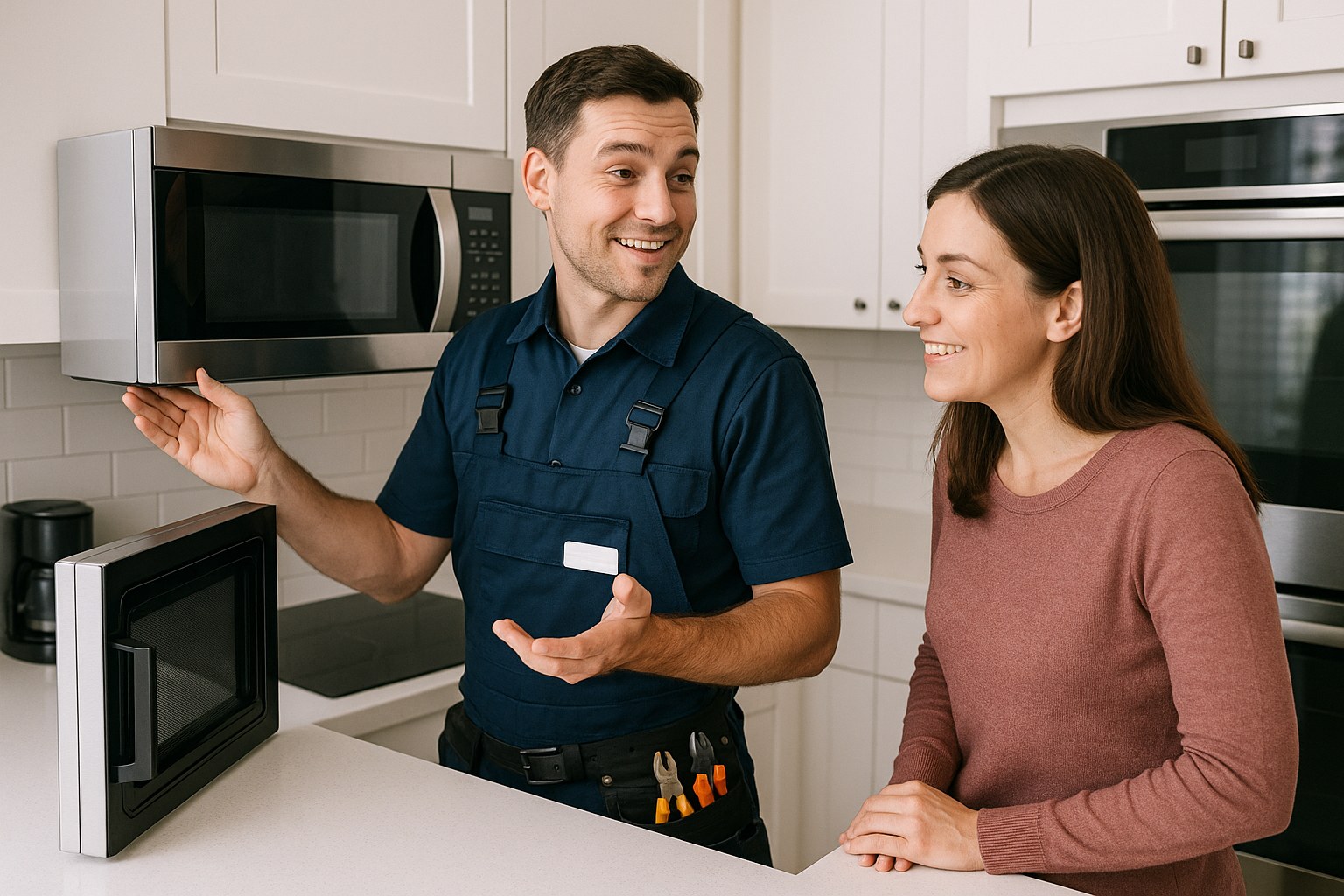Microwave Making Strange Noises Heres How to Fix It
Loading content…
Loading content…
The microwave is the unsung hero of the modern kitchen. It reheats leftovers, defrosts ingredients in a flash, and makes the perfect bag of popcorn. Its gentle, familiar hum is part of the daily soundtrack of our homes. So, when that hum is suddenly replaced by a loud grinding, a high-pitched squeal, or an angry buzzing, it’s natural to feel a little concerned.
Is it dangerous? Is a costly repair on the horizon?
Before you start shopping for a replacement, take a deep breath. Many of the strange noises a microwave can make have surprisingly simple and inexpensive solutions that you can handle yourself. From a stray crumb under the turntable to a misaligned roller ring, a few minutes of troubleshooting can often restore peace and quiet to your kitchen.
In this guide, we'll walk you through the process step-by-step, just like a friendly expert on the phone. We'll start with a critical safety check, help you identify the source of the sound, and provide clear instructions for the most common DIY fixes. We'll also tell you when to put the tools down and call in a professional.

Before we do any troubleshooting, we need to make sure your appliance is safe to be around. Certain signs indicate a serious problem that requires you to stop using the microwave immediately.
Stand a safe distance from the microwave and look and smell for these warning signs:
If you notice any of these signs, your first priority is safety. Unplug the microwave immediately. If there’s smoke or a persistent burning smell, don't hesitate to open windows to ventilate the area and call an appliance repair technician or even 911 if you feel there's a fire risk. Do not attempt any repairs yourself.
If you don't see or smell anything dangerous, it's safe to proceed to the next step.
The next clue to solving this mystery is figuring out when the noise happens. Does it only occur when you’re heating food, or is it making a sound even when it’s just sitting there?
Let's run a quick, simple test:
Based on what you hear, you’ll fall into one of two categories:
Let’s tackle the most likely cause first.
If your microwave only gets noisy when it’s working, we’ll focus on the moving parts and the interior.
The most frequent culprit behind microwave noise is the turntable assembly. The glass plate sits on a roller ring, which is turned by a small motor. If any of these parts are dirty, damaged, or misaligned, you'll hear it.
Here’s how to check and fix it:

Now, plug the microwave back in, put your cup of water inside, and run it for 30 seconds. Is the noise gone? If so, congratulations! You’ve just fixed your microwave.
If the grinding or squeaking persists after a thorough cleaning, the turntable motor itself may be failing. This part is relatively inexpensive, but replacing it can be complex. At this point, you may want to weigh the cost of a professional repair against the cost of a new microwave.
If the noise isn't a grind or a squeak but a very loud, persistent buzzing or humming sound that gets more intense at higher power levels, stop using the microwave.
This sound often points to a problem with one of the high-voltage components, such as:
Repairing these components is not a DIY job. Microwaves contain a capacitor that can store a lethal electrical charge for hours or even days after being unplugged. For your safety, any work on the internal, high-voltage parts of a microwave should be left to a qualified appliance repair technician.
Hearing a noise when your microwave isn't even running can be unsettling. This is almost always related to the cooling fan or the electronic control board. Some models have fans that run automatically to cool components or vent steam, but this fan should not run continuously when the unit is cold and idle.
If you hear a constant fan noise or any other electrical hum while the microwave is off, it’s a sign of a faulty component. Unfortunately, this isn’t a simple fix. Your best and safest option is to call a professional technician to diagnose the problem.
While it's empowering to fix things yourself, it's just as important to know your limits. According to Angi, the cost of a professional microwave repair can range from $100 to $500, but trying to fix a high-voltage issue yourself isn't worth the risk.
Here's a quick recap of when to call an expert:

A noisy microwave can be alarming, but as you've seen, it's often a problem you can solve in just a few minutes with a little cleaning and inspection. By following these safe, simple steps, you can diagnose the issue, fix it yourself, and save on a potentially unnecessary repair bill.
Feeling empowered? That’s what we’re all about at Casa. For more easy-to-follow guides, maintenance reminders, and a direct line to trusted professionals for the jobs you can't tackle alone, download the Casa app today. We’re here to help you manage your home with confidence, one fix at a time.